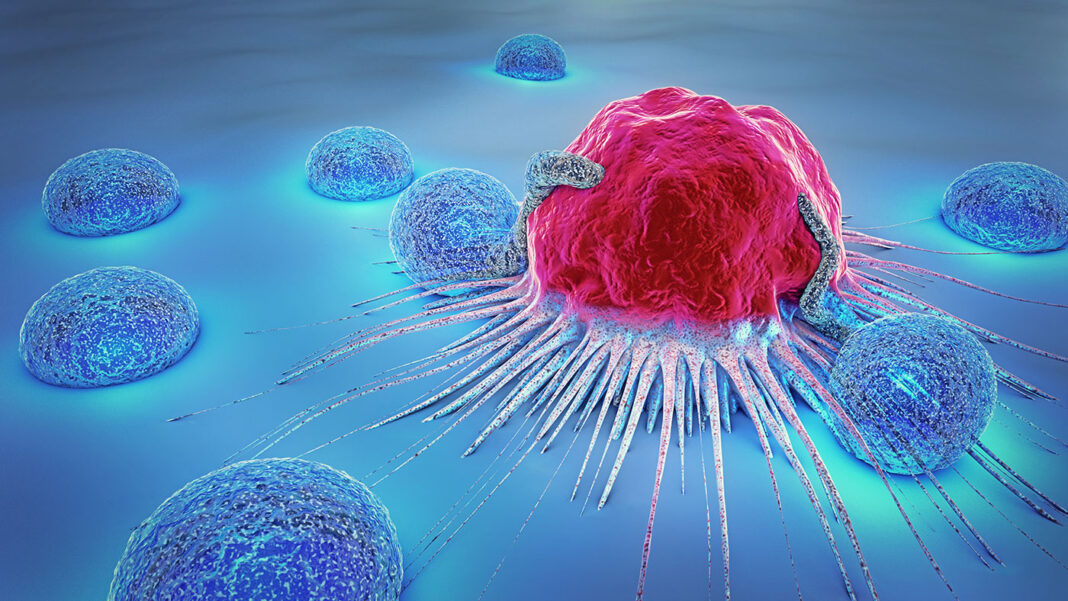Sponsored content brought to you by
Super immunodeficient mouse models with knockout of murine Fc gamma receptors (FcγRs) have emerged as valuable tools in biomedical research for improving the accuracy of preclinical experimental results. FcγRs are cell surface receptors found on both human and mouse immune cells that play a crucial role in the immune response by binding to the Fc region of antibodies. These receptors are involved in various immune functions, including antibody-dependent cellular cytotoxicity (ADCC), phagocytosis, and the regulation of immune cell activation. However, their presence in experimental models can sometimes confound the interpretation of results when studying drugs containing an Fc domain. To address this limitation, Taconic Biosciences has launched the FcResolv® NOG portfolio of super immunodeficient mice lacking these receptors.
Advantages of mouse models with FcγR knockout
In studies investigating the efficacy of therapeutic antibodies, FcγRs can mediate antibody effector functions like ADCC. By eliminating FcγRs, researchers can specifically evaluate the therapeutic effects of the antibodies themselves, without the confounding influence of these receptors.
In the figure from the initial publication of these models, you can see that in three of the four tumor models assessed, the knockout of FcγRs (top row) restored the antitumor activity of the therapeutic.

Secondly, the absence of FcγRs in these mouse models can provide a more accurate assessment of human immune responses. Human FcγRs have distinct affinities and functions compared to their murine counterparts. By using super immunodeficient mice with knockout of FcγRs, researchers can create a more faithful representation of the human immune system when studying human-specific immune responses. This approach enhances the translational relevance of preclinical studies, as these mouse models can more closely mimic human immune interactions.
Furthermore, the elimination of FcγRs can prevent unintended immune responses triggered by cross-reactivity between human antibodies and murine FcγRs. In some cases, human antibodies may cross-react with murine FcγRs, leading to undesired activation of immune cells and subsequent immune responses. By using FcγR knockout mice, these unwanted interactions can be circumvented, resulting in more accurate and reliable experimental outcomes.
Transgenic human cytokines expand the utility of FcγR knockout models
To further expand the utility of FcResolv NOG models, Taconic offers two model variations that express human cytokines for the purpose of enhanced immune cell support and improved engraftment of human immune cells.
FcResolv hIL-15 NOG models are optimized for engraftment of isolated primary human NK cells, immortalized human NK cell lines, or human NK cell therapies. They are useful for efficacy studies involving antibody therapeutics with ADCC mechanism of action.
FcResolv NOG-EXL models express human IL-3 and GM-CSF transgenes for superior support of myeloid and lymphoid cells. The model was designed to express relatively low cytokine levels, which maintains the long-term stability of engraftment by preventing the exhaustion of the stem cell pool. This stability makes it a flexible platform for the generation of humanized mice.
In conclusion, the use of super immunodeficient mouse models with knockout of murine FcγRs represents a significant advancement in biomedical research. These models provide a more accurate representation of human immune responses, eliminate unwanted interactions between human antibodies and murine FcγRs, and enable the evaluation of antibody-based therapies without confounding effector functions. By improving the accuracy of experimental results, these models contribute to the development of more effective therapeutic strategies and a deeper understanding of immune-related diseases. Future research will likely continue to refine and expand the applications of these valuable mouse models, further enhancing their impact on biomedical research and human health.
 Learn more about these models and other innovations from Taconic Biosciences www.taconic.com.
Learn more about these models and other innovations from Taconic Biosciences www.taconic.com.




